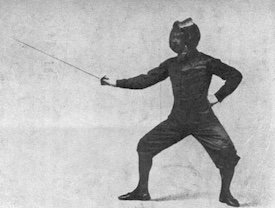bigshot
Headphoneus Supremus
The signal to noise and distortion in the center groove of an LP is more than an order of magnitude greater than at the outer groove. It's clearly audible on many records. Whenever you see specs quoted, it's always the outer groove they're talking about- a best case scenario that progressively degrades little by little with each rotation of the record. If they cited the specs for the inner groove instead of the outer groove, a cassette tape would have better specs than an LP.
It doesn't matter if a cartridge can reproduce super audible frequencies because those frequencies DON'T EXIST on LP records. If they did, records would degrade into a mush of distortion in just a few plays. It is standard practice in LP mastering to roll off the frequencies starting at about 16kHz to prevent premature record wear. The only super audible frequencies present on LP records are nothing more than noise and distortion.
Even if there were inaudible frequencies in the grooves of LP records, they would be as useless as teats on a bull hog. You can't hear them. They add nothing to the perception of sound quality in music. The performance of LPs in the audible range where it counts is so far below that of CDs, there is no contest when it comes to sound quality. Why would anyone trade compromised sound fidelity in the range they CAN hear, for theoretical sound they know they CAN'T? That is just plain dumb.
LPs can sound good. Open reel tape can sound great. CDs can sound perfect. Perfect is all you need. Anything beyond that is just a waste of time, money and effort.
It doesn't matter if a cartridge can reproduce super audible frequencies because those frequencies DON'T EXIST on LP records. If they did, records would degrade into a mush of distortion in just a few plays. It is standard practice in LP mastering to roll off the frequencies starting at about 16kHz to prevent premature record wear. The only super audible frequencies present on LP records are nothing more than noise and distortion.
Even if there were inaudible frequencies in the grooves of LP records, they would be as useless as teats on a bull hog. You can't hear them. They add nothing to the perception of sound quality in music. The performance of LPs in the audible range where it counts is so far below that of CDs, there is no contest when it comes to sound quality. Why would anyone trade compromised sound fidelity in the range they CAN hear, for theoretical sound they know they CAN'T? That is just plain dumb.
LPs can sound good. Open reel tape can sound great. CDs can sound perfect. Perfect is all you need. Anything beyond that is just a waste of time, money and effort.
Last edited:






















